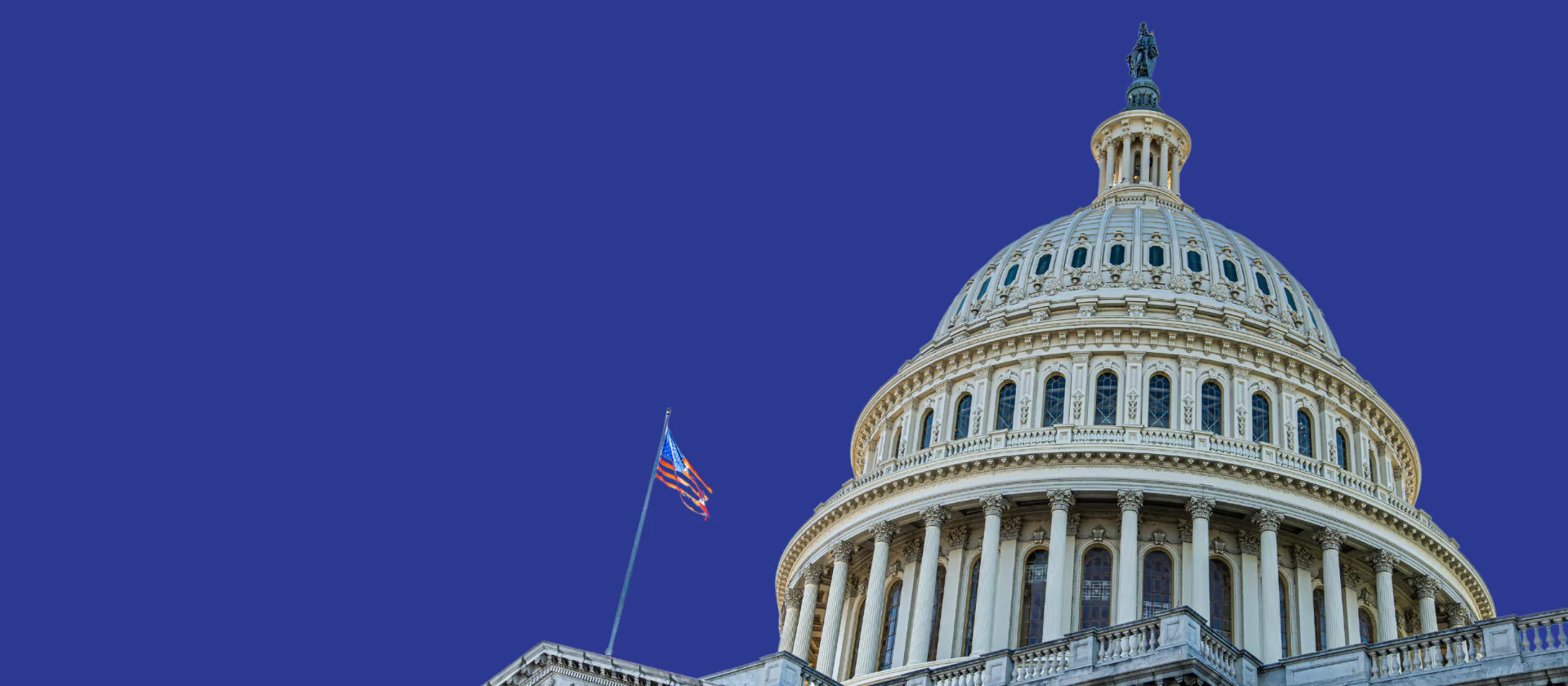This political campaign season has witnessed vigorous debate on whether to make permanent tax cuts favoring the richest Americans. At long last, the spotlight has begun to shine on the resurgence of economic inequality, which is undermining the country’s promise of being a land of opportunity.
Income inequality has been rising in the U.S. almost without interruption for the better part of three decades, returning to levels not seen since before the Great Depression. In the 1970s, the wealthiest 1 percent of American families collected a combined 9 percent of the nation’s income. By 2005, the take of the wealthiest 1 percent had skyrocketed to 22 percent of all income.
Today, the nation’s top 1 percent has an estimated yearly average income of $1.5 million each. Just to get into this elite group requires a yearly income greater than $466,000.
The rising tide that used to lift all boats is no more. In today’s economy, only the largest yachts rise, while the rest are left behind.
Oregon’s experience illustrates the point. From the late 1970s to 2005 the wealthiest 1 percent of Oregon families saw their income almost triple after adjusting for inflation. The typical family, on the other hand, saw virtually no change over the three decades. More recently, from 2002 to 2005, nearly half (47 percent) of Oregon income gains went to the richest 1 percent.
The degree of inequality is more pronounced when it comes to wealth — the ownership of assets. One recent study reported that the wealthiest 1 percent of American families own half the country’s financial assets, such as stocks and bonds.
Deliberate policy choices have, in large measure, enabled the concentration in wealth and income. Key among them has been the manic drive to cut taxes on the wealthy and corporations, on the theory that it would generate wealth that would trickle down. But instead, the money has gushed upward.
Changes to the tax structure have delivered a one-two punch that has staggered the middle class. With the wealthy and corporations no longer contributing their fair share, the public structures that foster opportunity — the education system and the Oregon Health Plan, for instance — have fallen into disrepair. And to maintain public structures even in their weakened state, the burden has increasingly shifted to the middle class and the poor.
If the middle class is on its knees, the poor remain flat on their backs or worse. The percentage of the population who are poor is the same as in 1980. Given Oregon’s population growth since, today there are more poor Oregonians than ever before. Moreover, since 1980, the share of Oregon’s working families with children who are poor despite their work effort has doubled.
The federal definition of poverty, however, masks the true extent of the problem. Economists generally agree that the federal definition is outdated, failing to take into account housing, transportation, health care, child care and other costs that make up an increasing share of a family’s budget. The federal poverty line currently defines as poor a family of four making $21,200 a year or less. In reality, however, a family of four in Oregon would need at least twice that amount to make ends meet, several studies have noted.
No wonder, then, that opportunity has withered. In the U.S. today, only six out of every 100 children born to families in the bottom fifth in terms of income rise to the top fifth over the course of their life, according to a recent report by the Economic Mobility Project, a collaboration of four think tanks from across the political spectrum.
“The ‘rags to riches’ story,” the report concludes, “is much more common in Hollywood than on Main Street.”
Reawakening opportunity on Main Street America requires tackling inequality head on. And at minimum, that means restoring balance to our tax structure and reinvesting in our public structures.





